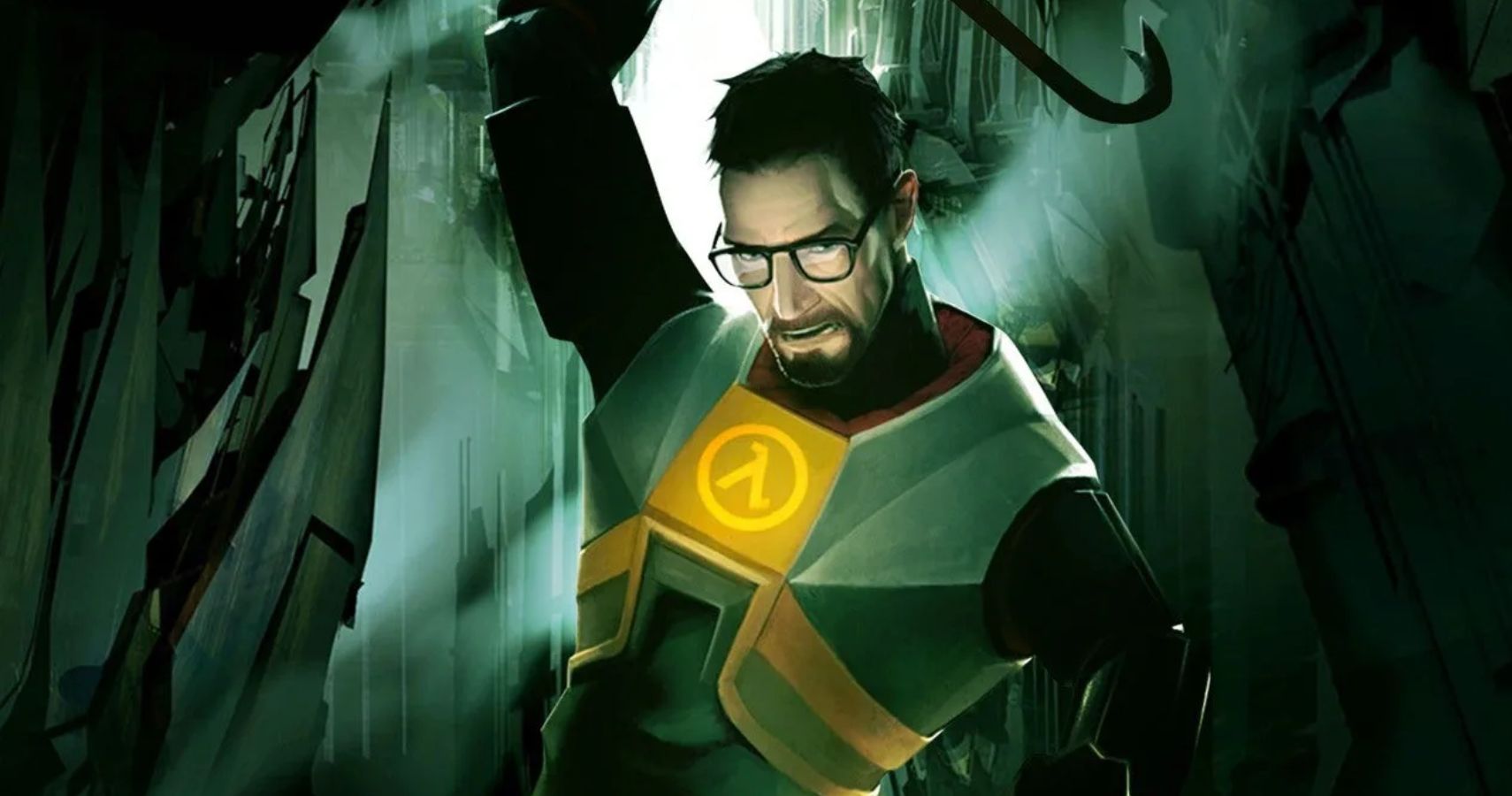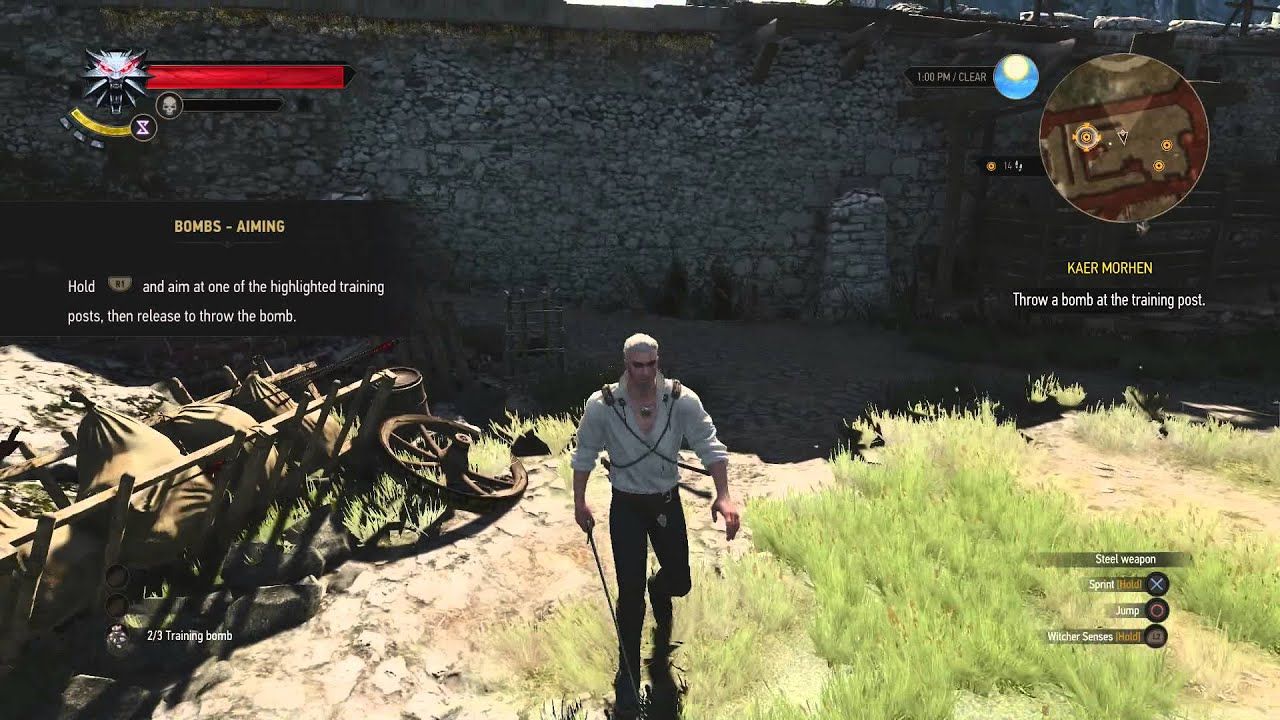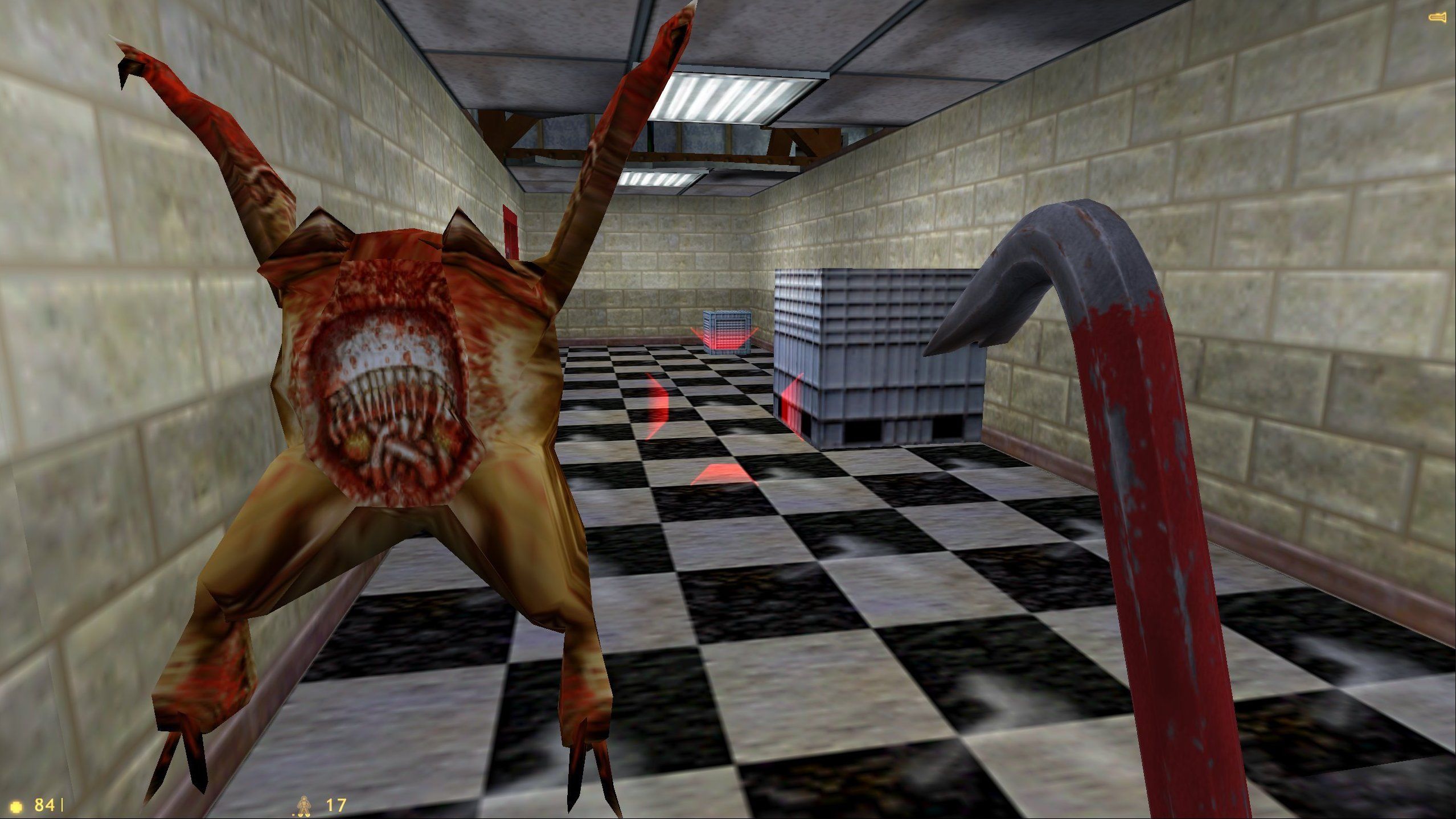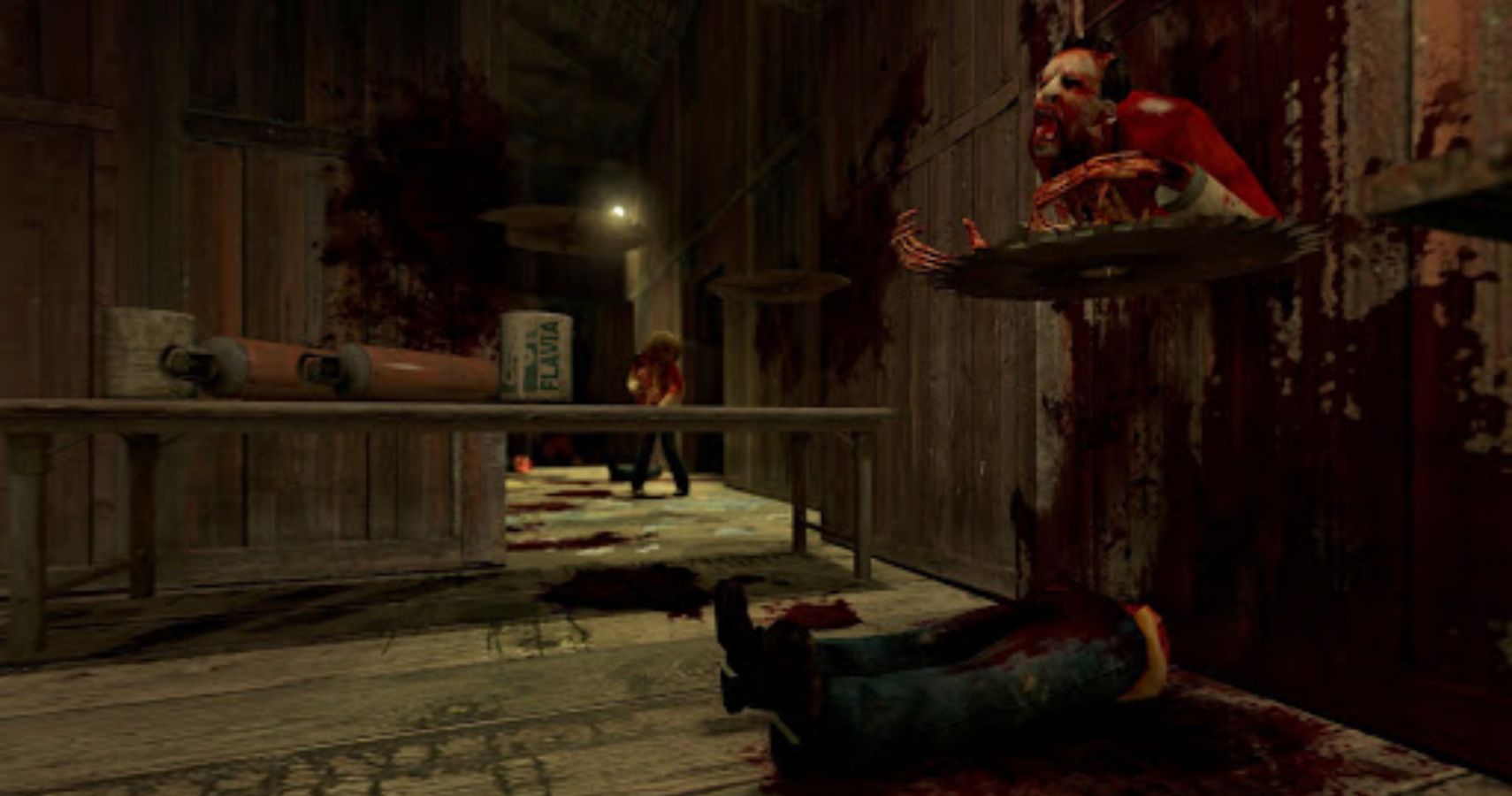Half-Life games have a great habit of not shoving tutorial content down your throat, and that's something that really should be aspired towards in game design.
Of course, tutorials in some form or another are generally going to be necessary, especially in games that are large, sprawling, and open-world. You can't just throw a green player into the midst of a game like The Witcher 3 or The Elder Scrolls V: Skyrim without any explanation for why collecting bits of plants is a worthwhile endeavor, or how to combine those plant bits into potions that are necessary for survival.
The Tutorial Toss-Up
Unfortunately, as contemporary games become more massive and complex the need for more involved tutorials grows too. Why is this a problem? Because more involved tutorials are invariably going to be more difficult to incorporate into the game in a way that feels natural, that doesn't interrupt the player's flow state, and – importantly – that doesn't patronize the player.
And of course, most AAA games these days are focused on including as wide a consumer base as possible, which includes people who may never have picked up a console in their lives before. Thus, for such games, even the most basic instructions around movement or firing a gun using R2 must be explicitly stated.
During such explanations must seasoned gamers – to whom these things already come naturally – just grit their teeth and feel a little patronized? Ideally not. So this tutorial content should be understated and easily ignored if you're not actively scanning the screen for instructions, and/or there should be an option to disable tutorial content entirely.
A Man And His Crowbar: Half-Life Games Are Simple
Half-Life games have an incredible ability to keep things simple. Of course, the nature of these games lends itself to simplicity beautifully because of their linearity – a feature that open-world RPGs and the like oppose, by definition. But let's just step back for a bit to appreciate Valve's genius in how they orchestrate this.
Half-Life doesn't rely on maps, waypoints, or any text boxes containing objectives or hints to let you know what to do next. You'll occasionally get a scientist or an Alyx vocalizing the next steps, and the games aren't all completely devoid of tutorial segments (like the Gravity Gun introduction in Half-Life 2), but they're still incorporated so naturally into the game's environments that the fourth wall still manages to stay pretty much intact.
Half-Life also doesn't bother with an inventory, besides the weapon-select function itself is beautifully straightforward. There's no extra fuss about carrying around items, opening up an inventory that pauses the game, no skill trees or item-crafting. Everything flows continuously, and contributes to that quintessential sleekness that sets these games apart.
Half-Life Doesn't Tell You How, It Shows You How
The thing that Half-Life does so ingeniously is show its players what to do by using a combination of environmental cues and trust in the player's ability to figure the rest out themselves, rather than rely on blocks of text. One iconic moment occurs at the beginning of the Ravenholm level of Half-Life 2, where it is demonstrated visually to players that they can use a Gravity-Gun-plus-sawblade combo to slice zombies in half.
The scene is constructed perfectly in that it gives you just the right amount of information to reach that conclusion yourself, without having to read or hear one word of a tutorial hint. Mark Brown from The Gamemaker's Toolkit aptly compares this to Dead Space, which contains a sequence that conveys a similar chop-'em-up concept, but only by bombarding the player with about twenty-five different forms of the same instruction delivered via both text and audio cues.
The two games get the same idea across, but the difference is that Half-Life does it quickly, effectively, and un-patronizingly. Valve pays its players a huge compliment by trusting them to pick up on the environmental cues in order to piece together what to do. They butter us up real good not only by not shoving big blocks of tutorial text down our throats, but by making sure that a lot of the cool stuff that happens does so because, to a large extent, we figured it out on our own.
Modern Games Still Need Tutorials
Again, the possibility of adopting this level of simplicity isn't always possible; it depends on a given game's genre, size, storyline, world, and target market. With increasingly complex games, the role of tutorials are more important than ever.
Too little guidance, especially during onboarding, can lead to confusion and frustration which breaks a player's flow state. But too much guidance hinders their sense of autonomy and can sometimes leave them feeling patronized, which also breaks a player's flow state.
Half-Life games strike a creative balance between the two. Even if a game isn't meant to be as linear as Half-Life, there is still a valuable lesson which this iconic series can teach us: less really can be more – if done cleverly enough.
Source: The GameMaker's Toolkit




